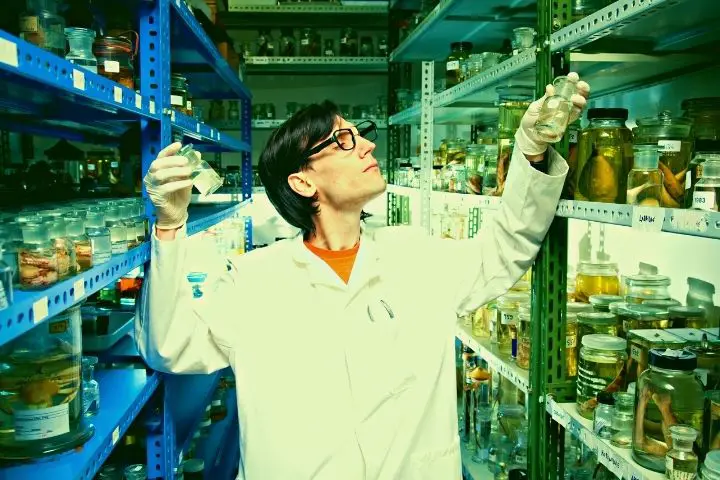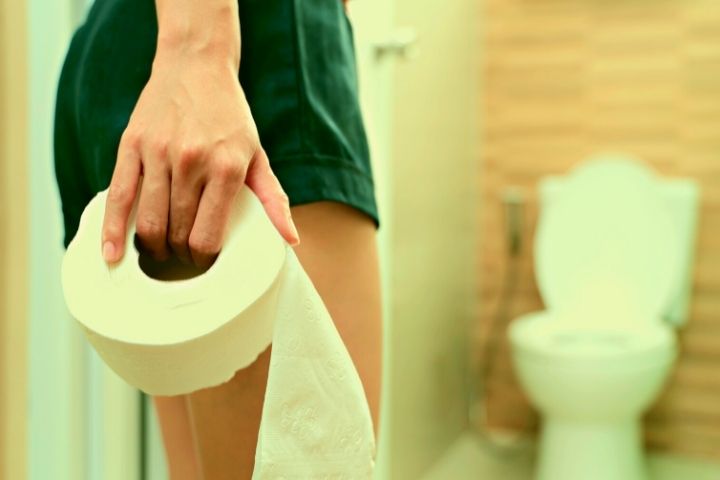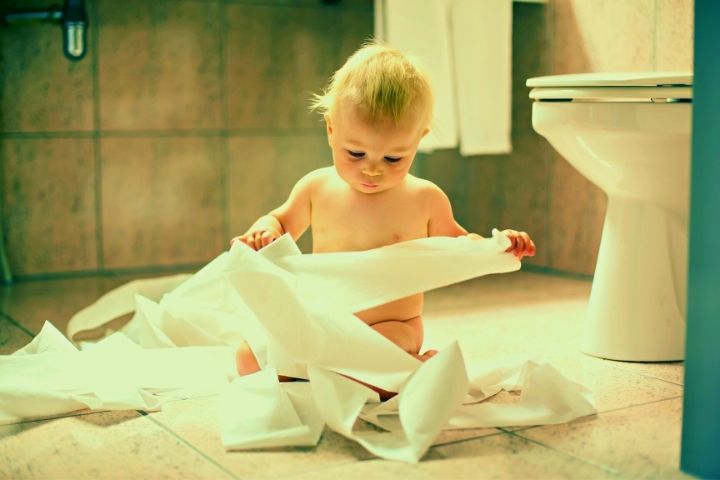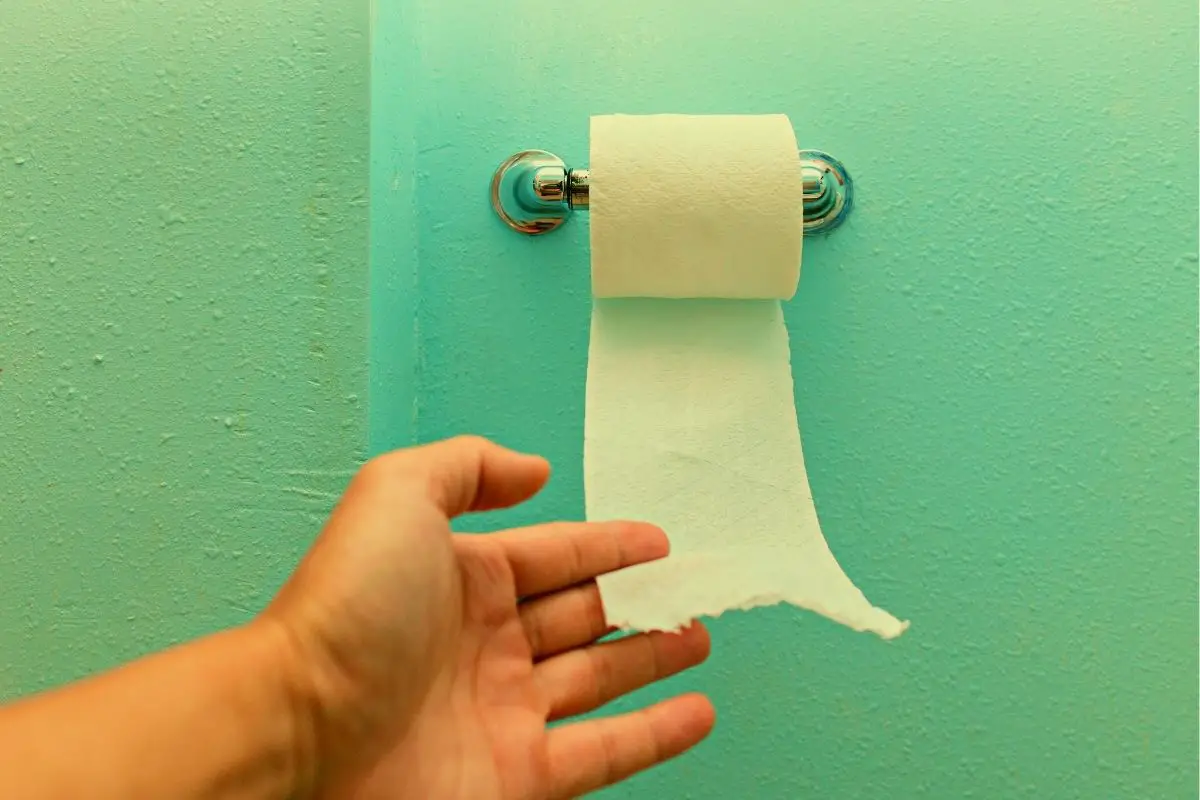Does Toilet Paper Have Chemicals? Things You Should Know!
There is no debate that toilet paper is a vital item in our everyday lives. Be, it wiping, blowing your nose, or cleaning up any mess around the house – toilet papers take the lead role!
But, have you ever wondered whether toilet papers have chemicals that you should maybe be aware of?
To be honest, yes – a majority of toilet papers contain several chemicals used during their manufacturing phase. Among others, it includes varying compounds of chlorine that manufacturers use to bleach the toilet paper to make them white just like you like them.
…But that’s not all! The word ‘chemicals’ has become quite loaded in the last decade or so and gets often associated with ‘the baddies’, but technically speaking chemicals are everywhere and not everything is bad including water (H2O), Oxygen (O2), Table salt (sodium chloride or NaCI) and more.
Anyway, back to toilet paper.
There are way more elements that go into giving you the final product that you love.
Let’s see what these are below…
What Chemicals Are in Toilet Paper?

Now, regardless of what some manufacturers might want us to believe about their toilet papers, there are always traces of some chemicals present in most of their final products.
As a matter of fact, only a fraction of the current manufacturers has taken the initiative of producing eco-friendly toilet papers to this date.
For the rest of the players, their toilet paper-making process mainly includes the following chemicals and elements:
1. Hardwood trees
Hardwoods are a popular go-to resource for “virgin” paper manufacturers because of the short fibers found in their material which allows the final toilet paper to achieve the much-desired softness.
They usually comprise about 70% of the initial raw wood requirement.
A couple of good examples normally used include maple and oak trees.
2. Softwood trees
Softwood trees are also needed because they have longer fibers which give strength to the toilet paper.
Softwood usually comprises about 30% of the raw wood requirement.
When mixed well with hardwood, the result is a soft yet firm toilet paper that serves well in multiple cleaning scenarios.
A few good examples of softwood trees include the Southern Yellow Pine and Douglas fir.

3. Bleaching Agents
In the beginning, almost all of the manufacturers used chlorine to bleach and whiten their paper pulp before transforming them into toilet papers.
However, this practice diminished over time as it was discovered that the end products contained cancer-causing dioxides.
So, in place of the former bleaching agent, several modern manufacturers use other alternatives like peroxide, sodium hydroxide, or oxygen instead to whiten their toilet papers.
If you see the toilet paper package labeled PCF (Processed Chlorine-Free), then it means there were no bleaching agents used in the production process.
On the other hand…
If the label has an ECF (Elemental Chlorine-Free) mark, then it means that they used chlorine dioxides instead of the elemental chlorine chemical.
4. Water
Water forms an important part of the process because it’s used to mix and create the paper pulp.
It’s also important because it’s again used when mixing some of the chemicals before they are added to the process.
5. Formaldehyde

Although somewhat controversial, some manufacturers still use formaldehyde to help toilet papers retain their sturdiness even after contact with moisture.
It exists as a colorless gas at room temperature and is known to irritate the nose, eyes, and throat according to the Agency for Toxic Substances and Disease Registry (ATSDR).
6. Bisphenol A
This compound is also commonly referred to as BPA and is also commonly substituted with Bisphenol S (BPS) in the paper towel manufacturing industry.
The BPA compound is normally used by manufacturers who want to make toilet paper products from recycled paper retrieved from the print industry.
However, reports have intimated that some of the BPA chemicals find their way into our bodies and alter some functions to variable extents.
For example, it’s believed that BPA may interfere with the endocrine functions that can lead to infertility for both males and females, tumors, and also several types of cancers.
7. Petroleum-Based Mineral Oil
Most manufacturers that use petroleum-based mineral oils in their process do so to add perfumes and fragrances to the toilet paper.
This process is not explicitly harmful (at least from a scientific point of view) but you should still keep away from perfumed toilet papers if you normally react to strong scents and fragrances.
Which Toilet Paper Alternatives Can I Use?

If you want to help deal a blow to the growing climate problem, then you can do so in small but impactful ways like using eco-friendly toilet paper as I had earlier mentioned above.
Apart from that…
You can also opt for reusable toilet paper or a bidet instead of the conventional options. This is a great way to go if you live alone or you are in a household with very few people in it.
Compared to other alternatives, reusable toilet papers take less from the environment as their production does not require cutting down trees to get raw materials.
Still, if you’re not careful, this option may also damage the environment if you use soaps or detergents that contain harmful chemicals while cleaning them afterward.
So, as you can see, it’s a mighty matter of balance here…
Frequently Asked Questions
1. Is toilet paper bad for the environment?
Toilet paper, in some ways, can be viewed as a contributor to the environmental carnage presently witnessed.
This is because a majority of the present toilet paper manufacturers still use several chemicals in their processing.
Therefore, when we continuously use and release these substances into the environment, we inevitably add the number of toxins in the soil below and the air above.
2. Is toilet paper bad for your hormones?

Some toilet paper can cause drastic changes in your body.
This includes recycled toilet papers that contain the chemical BPA used during their manufacturing process. As highlighted above, BPA is likely to mess up your normal hormonal activities.
This is why I STRONGLY recommend that you watch out for toilet papers (or any other product) that have BPA as an ingredient. Regular exposure to the chemical can sign you up for an unpleasant hormone disorder.






